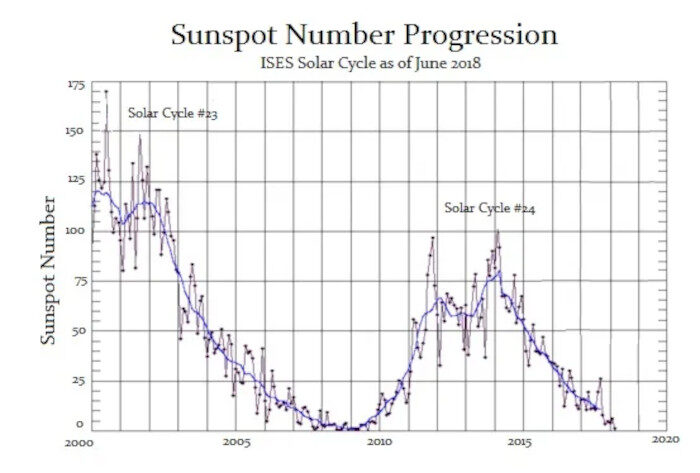
© Armstrong EconomicsSolar Cycle 24
An
enormous dark hole has opened up in the surface of the sun, emitting streams of unusually fast radiation, known as solar wind, right at Earth. The size of the temporary gap is wider than 60 Earths and
extraordinary at this stage of the solar cycle. This phenomenon, known as a coronal hole, took shape near the sun's equator on December 2 and reached its maximum width of around 497,000 miles (800,000 kilometers) within 24 hours. Since December 4, the solar void has been pointing directly at Earth. Experts initially predicted this most recent hole could spark a moderate geomagnetic storm that could trigger radio blackouts and strong auroral displays. Solar winds have been less intense than expected, so the resulting storm has only weakened.
For most of its history,
science believed the sun's output was constant. They finally realized that a thermal dynamic cycle beats like your heart so the sun could not exist without a steady outflow of energy. One degree less, and it would blow itself out. Hence, it is cyclical, rising and falling in intensity.

© Armstrong EconomicsSolar Cycle 24.
The eleven-year cycle in sunspots itself builds in intensity like the Economic Confidence Model (ECM), reaching "grand maxima" and "grand minima" over the course of 300 years. The last grand maximum peaked in 1958, after which the sun has been steadily quieting down.
We have seen sun spot activity decrease at its steepest in 9,300 years, but the climate change zealots refuse to acknowledge naturally occurring cyclical weather patterns.The last Maunder Minimum, during which the sun languished for seventy years, took place from 1645 to 1715 when the sun's brightness declined and the number of sunspots collapsed. In fact, fewer than 50 sunspots were observed within a 28-year period. Parts of the world became so cold that the period was called the Little Ice Age, which lasted from about 1300 to 1850. Now, a Solar Minimum does not mean that the sun becomes colder, but rather, it changes.
As sunspots fade away, we enter a Solar Minimum.
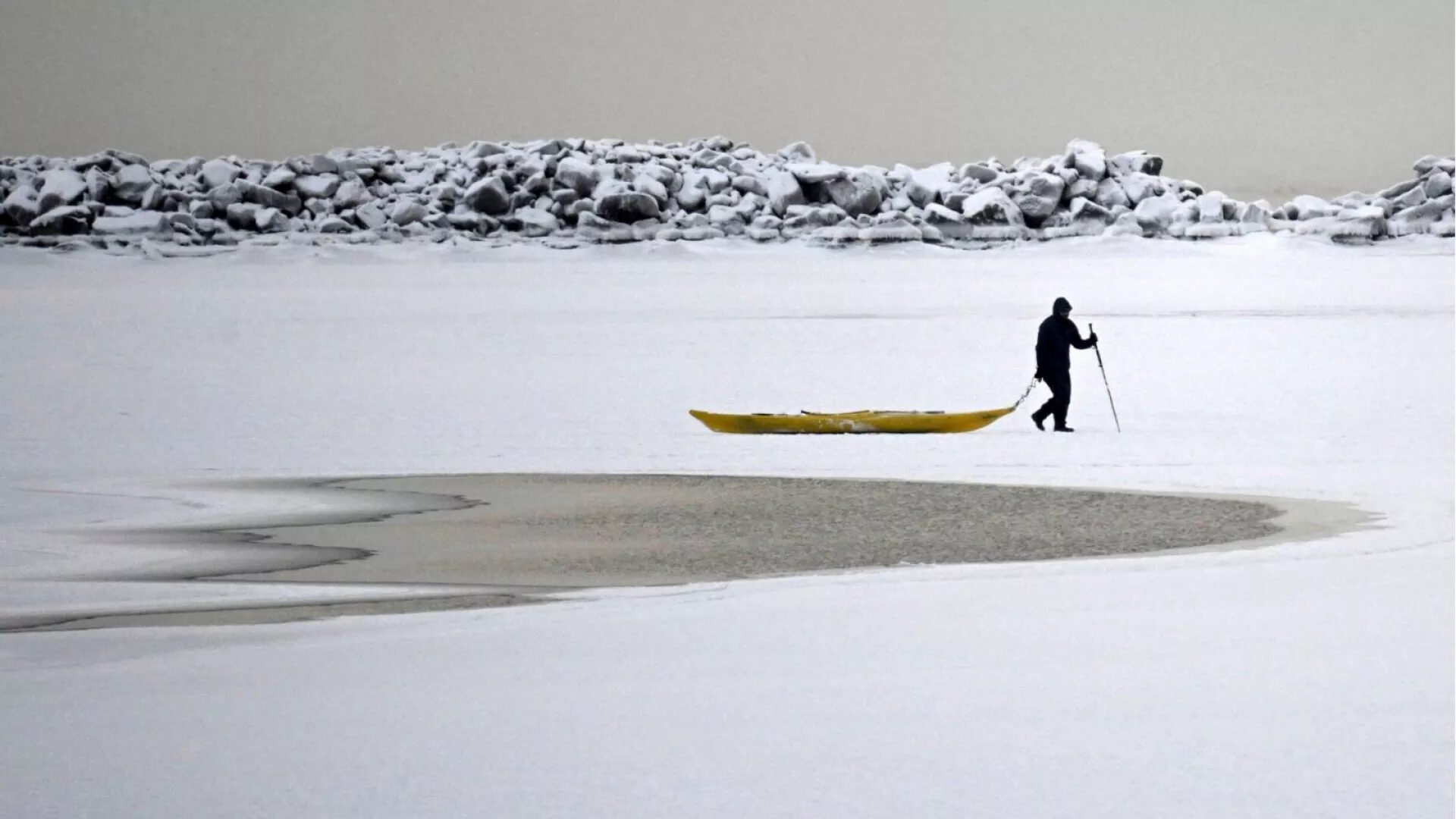

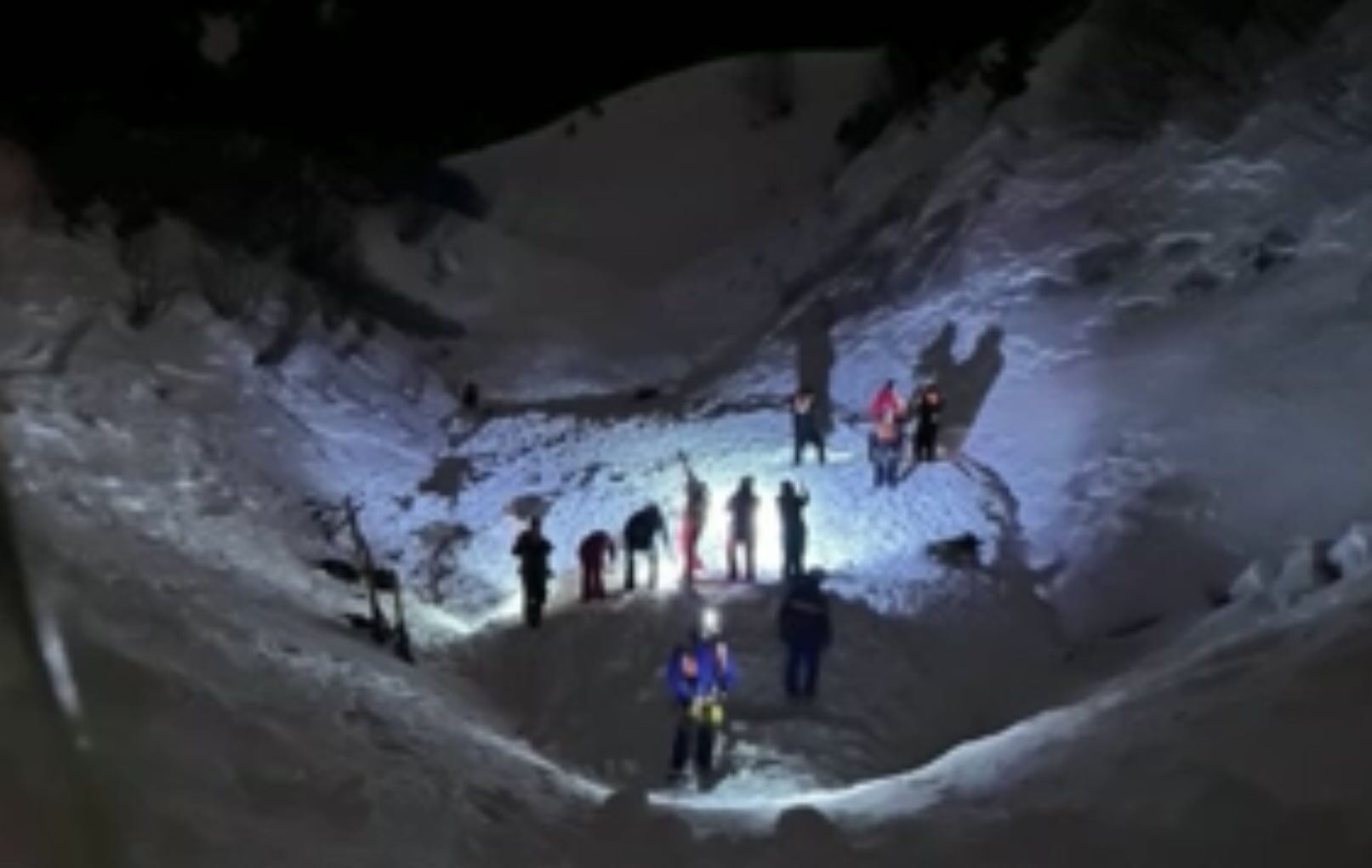

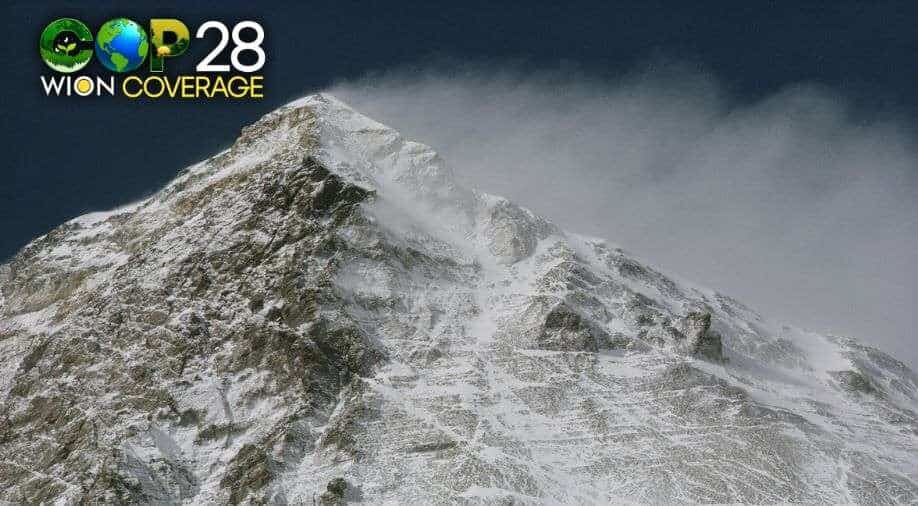


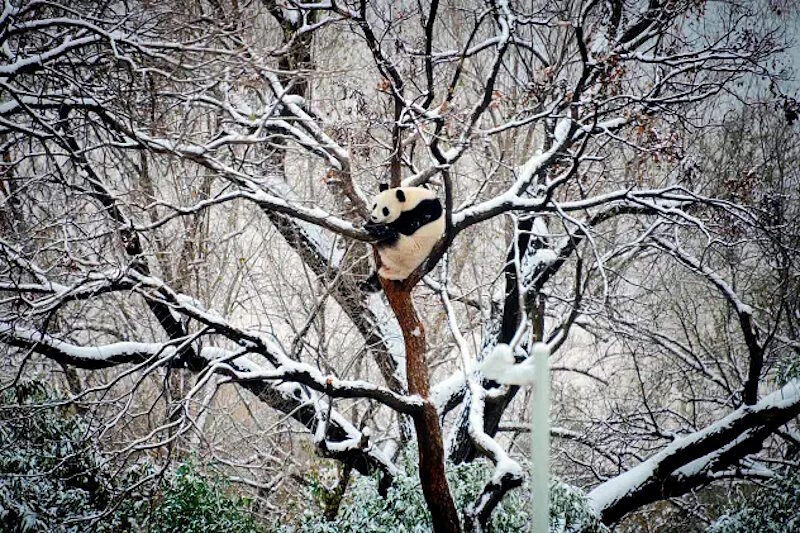
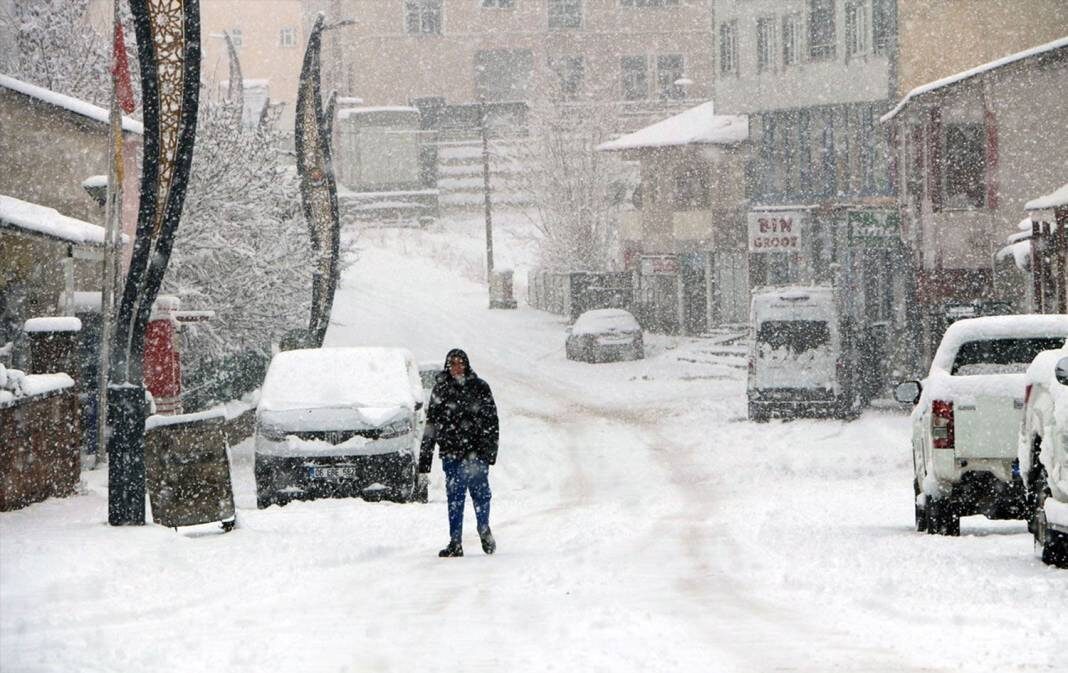

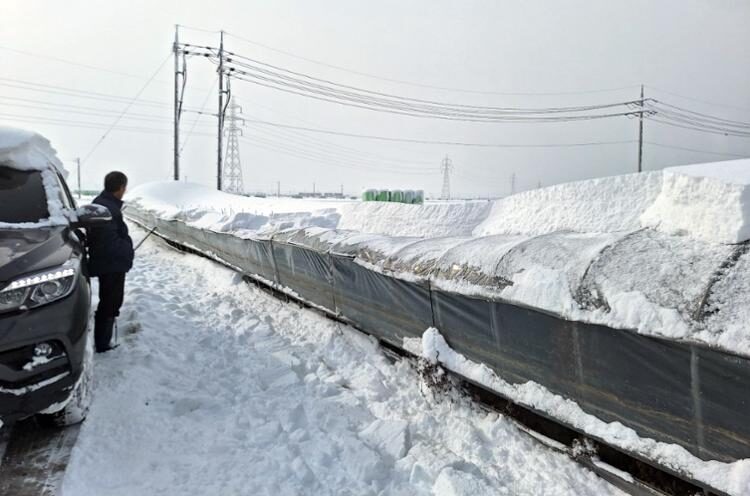


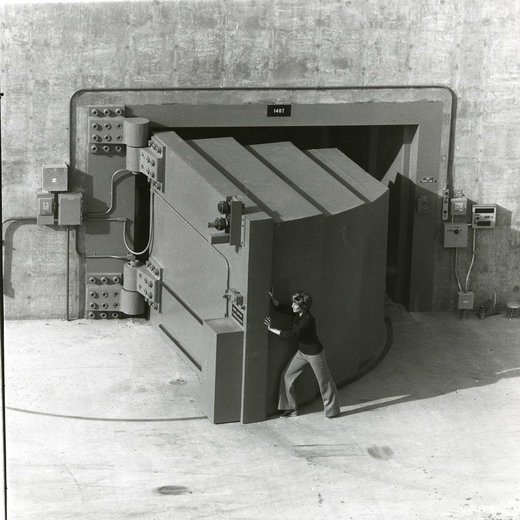
Comment: This passed without so much as a 'meh' from globalist media. Of course! It doesn't fit their climate change narrative.
See also: